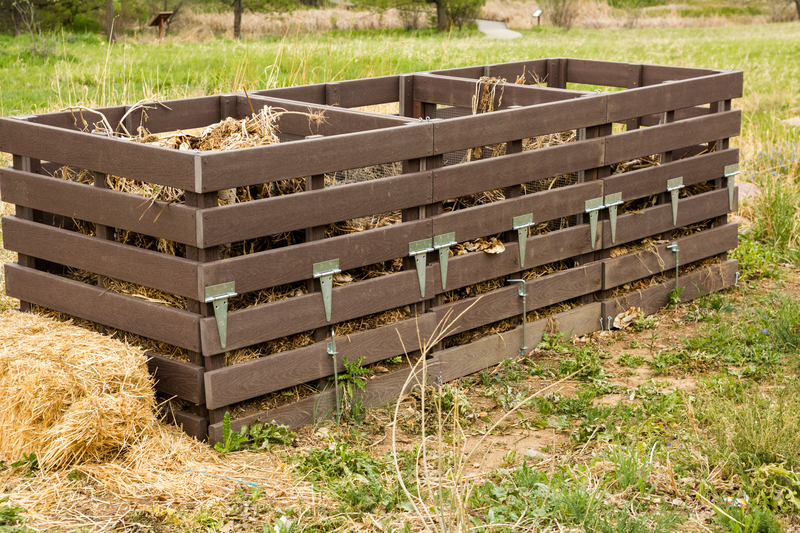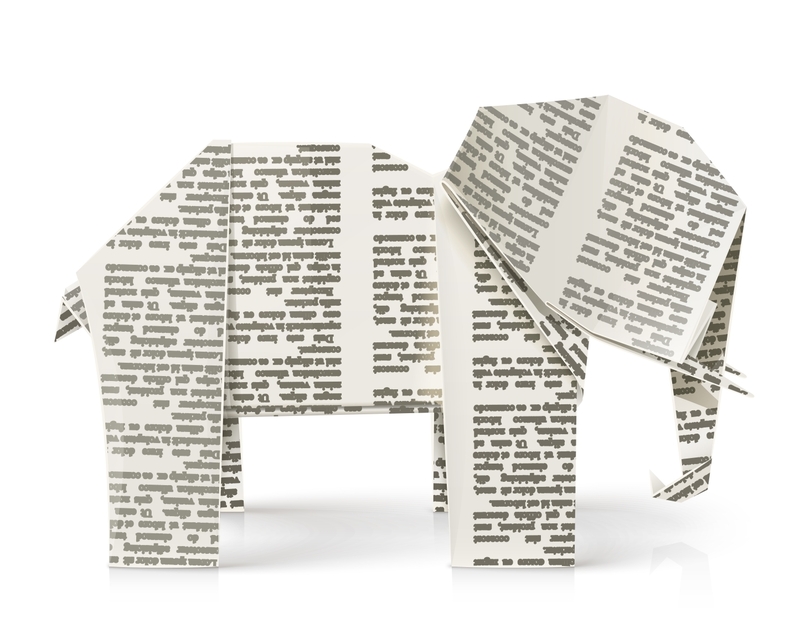Creating a Recycling Curriculum for Young Minds: Nurturing Eco-Literate Future Generations
Recycling plays a crucial role in building a sustainable future. When we teach children about recycling, we empower them with the knowledge and habits needed to protect our planet. Developing an engaging and effective recycling curriculum for young minds is an investment in our world's future.

Why Teach Recycling to Children?
Education is the cornerstone of change. Instilling a sense of responsibility and care for the environment early on breeds respect and engagement. Recycling education isn't just about sorting trash--it's about fostering critical thinking, creativity, and environmental stewardship.
Key Benefits of Early Recycling Education
- Encourages lifelong eco-friendly habits
- Develops environmental awareness and empathy
- Enhances problem-solving skills
- Empowers children to make a tangible difference in their communities
- Supports greater academic engagement through hands-on learning
Components of a Successful Recycling Curriculum
When designing a recycling curriculum for young learners, it's important to combine theoretical knowledge with engaging, practical experiences. Below are key elements to include:
1. Core Knowledge: Understanding Recycling
- Definition: Explain what recycling is and why it matters.
- Materials: Discuss the different materials that can be recycled, such as paper, plastic, metal, glass, and electronics.
- Processes: Outline the basic process of recycling--from collection and sorting to processing and re-creation.
2. Real-World Connections
- Field Trips: Organize visits to recycling centers so students can observe recycling in action.
- Guest Speakers: Invite environmental professionals to share their expertise.
3. Interactive Activities and Games
- Sorting Challenges: Provide bins and various items for hands-on sorting practice.
- Craft Projects: Use recycled materials for art and engineering tasks.
- Recycling Relays: Organize relay races to teach correct sorting quickly and under pressure.
4. Environmental Impact and Stewardship
- Discussion on Pollution: Use videos and stories to demonstrate the results of not recycling.
- Environmental Pledge: Have children take a pledge to reduce, reuse, and recycle.
5. Community Engagement Projects
- School-Wide Recycling Drives: Encourage students to collect recyclable materials from home and community.
- Award Programs: Reward classes or individuals who demonstrate leadership in recycling.
Curriculum Framework for Teaching Kids About Recycling
Developing a comprehensive framework ensures that you cover all the necessary topics while maintaining engagement. Below is a proposed structure for a recycling curriculum tailored for young learners:
Lesson 1: Introduction to Recycling
- What is recycling?
- Why is recycling important for the Earth?
- Exploring the journey of waste from landfill to re-use
Lesson 2: Types of Recyclable Materials
- Understanding paper, plastic, glass, metal, and e-waste
- Fun sorting games and classroom quizzes
Lesson 3: How Does Recycling Work?
- How recycling centers process materials
- Virtual tours or field trips
- Hands-on demonstrations
Lesson 4: The Impact of Recycling
- How recycling saves energy, reduces pollution, and conserves resources
- Real-world stories--how communities benefit from recycling programs
Lesson 5: Recycling at Home and School
- Creating recycling stations in classrooms and at home
- Making recycling a daily habit
- Encouraging family and friends to recycle
Lesson 6: Creative Upcycling and Reuse
- Art projects using bottle caps, newspapers, and other recyclables
- Innovative ideas for giving new life to old objects
Lesson 7: Taking Action!
- Organizing a school-wide recycling day
- Presentations to younger students or parents
- Celebrating environmental milestones
Integrating Recycling Education Across Subjects
Interdisciplinary learning makes recycling education more relevant and engaging. Here are creative ways to weave recycling into the core curriculum:
Science
- Investigate how decomposing materials impact soil and water
- Experiment with making recycled paper
Math
- Counting recycled items
- Measuring the weight of different types of recyclables collected
- Graphing data from recycling drives
Art
- Upcycled sculptures and collage art
- Designing posters for recycling awareness campaigns
Language Arts
- Writing essays or poems about recycling
- Role-playing as eco-heroes in recycling-themed skits
Social Studies
- Exploring recycling efforts around the world
- Reading stories about children making a difference through recycling
Making the Recycling Curriculum Engaging
For young minds, hands-on learning cements understanding and enthusiasm. Consider these strategies to make your recycling program memorable:
Gamify the Learning Experience
- Quizzes and Competitions: Spark a friendly competition among students to identify recyclables.
- Mobile Apps: Use educational games focused on recycling and environmental preservation.
Leverage Visual Aids
- Color-Coded Bins: Use brightly colored bins and posters to help children remember sorting rules.
- Charts and Graphs: Visualize the amount of waste diverted from landfills by classroom recycling efforts.
Role Models and Storytelling
- Invite eco-heroes or community recyclers to share their stories.
- Read picture books about environmental care with recycling themes.
Addressing Challenges in Teaching Kids About Recycling
Even a well-crafted recycling curriculum can face hurdles. Here's how you can overcome common challenges:
- Short Attention Spans: Use a variety of activities and keep lessons short and dynamic.
- Limited Resources: Start simple--focus on one type of recyclable at a time and gradually expand.
- Lack of Support at Home: Send educational materials home and involve parents in recycling homework.
- Misconceptions: Clearly address myths, such as all plastics being recyclable, through science experiments and fact sheets.
Evaluating and Celebrating Progress in Recycling Education
Tracking the effectiveness of your recycling education program ensures continuous improvement and fosters pride among students.
Measures of Success
- Increase in the number of recyclables collected
- Student participation rates in recycling projects
- Improvement in students' knowledge as seen in quizzes and surveys
- Visible changes in classroom and home recycling habits
Recognition and Rewards
- Certificates for eco-champions
- Recycling-themed parties or events
- Feature top recyclers in school newsletters or on bulletin boards
Expanding Beyond the Classroom: Community and Family Involvement
To truly sustain effective recycling habits, extend your recycling curriculum for youth into the broader community.
- Parent Workshops: Offer family education nights focused on recycling and waste reduction strategies at home.
- Community Partnerships: Work with local businesses, municipal recycling programs, and environmental groups to amplify efforts.
- Service Projects: Involve students in neighborhood cleanups, bottle drives, or community upcycling fairs.

Resources for Enhancing Your Recycling Curriculum
Maximize the impact of your recycling lessons for children through these helpful resources:
- Interactive Websites: EPA's Reduce, Reuse, Recycle; National Geographic Kids
- Printable Activity Sheets: Look for coloring pages, puzzles, and fact sheets from environmental organizations
- Recommended Books:
- The Adventures of a Plastic Bottle by Alison Inches
- Michael Recycle by Ellie Bethel
- Educational Videos: Search for age-appropriate recycling videos on YouTube and educational platforms
Conclusion: Shaping Green Thinkers for Tomorrow
The journey to a sustainable future starts with the smallest hands and the youngest minds. Implementing a thoughtfully planned recycling curriculum for children equips them not only with environmental knowledge, but also with the tools to make impactful, lasting change in the world. By embedding real-life practice, creative activities, and community collaboration into your teaching, you're inspiring stewardship for generations to come.
Start today and guide your students on a path towards a cleaner, greener tomorrow--one bottle, can, and sheet of paper at a time.